Incretins are hormones from the gut that augment the postprandial nutrient-induced insulin secretion. The incretin effect is normally quantified by comparing the insulin responses with oral and intravenous glucose administration, where the infusion is adjusted so that the plasma glucose concentrations are similar to those observed after the oral administration. The insulin response to oral glucose is normally much larger than that observed after intravenous (IV) glucose, and in healthy subjects as much as 70% of the insulin response may be attributable to the action of the incretin hormones.
Incretins are hormones from the gut that augment the postprandial nutrient-induced insulin secretion. The incretin effect is normally quantified by comparing the insulin responses with oral and intravenous glucose administration, where the infusion is adjusted so that the plasma glucose concentrations are similar to those observed after the oral administration. The insulin response to oral glucose is normally much larger than that observed after intravenous (IV) glucose, and in healthy subjects as much as 70% of the insulin response may be attributable to the action of the incretin hormones. An illustration of the power of the incretin effect was provided by Nauck et al.,1 who studied glucose excursions and insulin responses after increasing doses of oral glucose. It turned out that the glucose excursions were identical regardless of the amount of glucose ingested, the explanation being that incretin-induced insulin secretion was augmented progressively, thereby effectively preventing post-challenge hyperglycaemia (see Figure 1).
The two most important incretin hormones are glucose-dependent insulinotropic polypeptide (GIP)–formerly called gastric inhibitory polypeptide–and glucagon-like peptide-1 (GLP-1). Their insulinotropic effects are additive, and together the two hormones can fully explain the incretin effects.2 The secretion of the incretin hormones is also proportional to the size of the ingested nutrient load.3 However, in patients with type 2 diabetes the incretin effects are severely reduced or absent4 and there is little doubt that the lacking incretin effect contributes significantly to the inadequate insulin secretion observed in these patients. It is therefore relevant to ask why the incretin effect is lost in type 2 diabetes. It is clear that differences in the metabolism of the GIP and GLP-1 cannot explain the deficiency.5 Detailed studies of meal-induced secretion of GLP-1 and GIP in the patients revealed that GIP secretion may be slightly decreased compared with healthy controls whereas GLP-1 secretion may be reduced by as much as 50% (calculated as incremental area under the curve (AUCs)),6 and the lower GLP-1 secretion is likely to contribute to the incretin deficiency. However, the most important finding is that the actions of both incretin hormones are severely compromised in type 2 diabetes. Thus, the insulinotropic effects of GIP as studied in hyperglycaemic clamp experiments is nearly completely lost, regardless of GIP dose.7 In contrast, GLP-1 is still capable of enhancing glucose-induced insulin secretion, actually to completely normal levels,8,9 but the amount of GLP-1 required to normalise insulin secretion is about five times higher than that required in healthy controls.10 Thus, while the diabetic beta cells are almost completely unresponsive to GIP, GLP-1 is capable of totally restoring the beta cell responsiveness to glucose, but the potency of the hormones in this respect is markedly reduced. This raises the possibility of restoring beta cell function in patients with type 2 diabetes with supraphysiological amounts of GLP-1. GIP is unlikely to be of therapeutic value, at least acutely, although GIP analogues have shown some efficacy in animal models of diabetes.11 It is not known why the effect of GIP is lost in the patients, except that it seems clear that the loss is secondary to the occurrence of diabetes.12 Therefore, it cannot be excluded that the effect of GIP can be restored with time as metabolic control is improved by other treatment. Thus, it has recently been shown that the potency of GLP-1 with respect to enhancing beta cell responsiveness to glucose can be improved by strict glycaemic control.13 At any rate, GLP-1 infusions have been demonstrated to completely normalise fasting glucose concentrations in patients with severe long-standing diabetes mellitus and haemoglobin A1c (HbA1c) levels around 11%14 and to virtually normalise both fasting and postprandial glucose levels in patients with moderate disease.15 GLP-1 is therefore of interest as a treatment for diabetes.
However, GLP-1 has many more actions than merely enhancing glucose-induced insulin secretion.16 It also increases the biosynthesis of new insulin molecules and upregulates all the machinery required for insulin synthesis in the beta cells. Furthermore, it has been demonstrated to exert tropic actions on the beta cells in rodents. Thus, GLP-1 causes proliferation of already existing beta cells, and also promotes differentiation of new beta cells from progenitor cells in the ducts leading to the formation of small new islets. Finally, and probably most important for humans, it strongly inhibits cytokine, lipid and glucose-induced apoptosis of beta cells including human beta cell.17 Although no data regarding this are available in humans in vivo, this trophic potential nevertheless holds great promise, since GLP-1 may be able to exert beta cell protective effects in our patients and possibly prevent progression of the disease.
In addition, GLP-1 inhibits glucagon secretion,14 and thereby reduces hepatic glucose production,18 an effect that is likely to contribute importantly to its glucose-lowering effects in diabetic patients. Thus, in patients with type 1 diabetes and no residual beta cell secretory capacity, GLP-1 lowers glucagon secretion and also lowers blood glucose.19 Furthermore, GLP-1 inhibits gastric motility and emptying, and thereby strongly reduces postprandial glucose excursions.20,21 It also significantly inhibits appetite and food intake,22 and probably acts as one of the endocrine signals from the gut that terminates meal ingestion and signals interdigestive satiation.23 Most recently GLP-1 has also been suggested to exert protective effects on the heart and the blood vessels.24,25 All of these actions render GLP-1 of unusual interest in the context of diabetes treatment.
However, single subcutaneous injections of GLP-1 have little effect on blood glucose.26 The explanation is that the peptide is broken down extremely rapidly in the body. The culprit is the ubiquitous enzyme, dipeptidyl-peptidase (DPP)-IV, which cleaves of the two N-terminal amino acids and renders the metabolite inactive.27 This process is so rapid and extensive that just a few percent of what is injected subcutaneously survives in the intact, active form,28 and leaves the peptide with a half-life in the circulation of 1–2min5 and a plasma clearance of two to three times the cardiac output. Clinically relevant agents GLP-1 analogues must therefore be resistant against (DPP)-IV and also exhibit less renal clearance, which is the second mechanism whereby GLP-1 is eliminated.29
Proof of concept for the efficacy of GLP-1 treatment was provided by Zander et al. who administered GLP-1 by continuous subcutaneous infusion for six weeks to subjects with severe long standing diabetes. The treatment resulted in a lowering of fasting and average plasma glucose levels by 4–6mmol/l, reduction of HbA1c by 1.3%, a weight loss of 2kg, a reduction of free fatty acid levels, almost a doubling of insulin sensitivity and a dramatic restoration of beta cell function.30
A mere substitution of amino acid (ALA) No. 2 in the GLP-1 sequence provides resistance to DPP-IV( 31), but such analogues are still eliminated extremely rapidly by the kidneys with half lives of 3–4min. Substances with less renal clearance are therefore required. One such substance is exendin 4, a 39 amino acid peptide with 53% sequence homology to GLP-1, isolated from the saliva of the lizard, Heloderma suspectum (the gila monster). Exendin 4 is resistant to DPP-IV and is cleared in the kidneys exclusively by glomerular filtration (as opposed to GLP-1, which is also extracted by peritubular uptake mechanisms).32 Thereby, exendin acquires an intravenously plasma half-life of 30min,33 but otherwise seems to share all the actions of GLP-1. There is apparently no mammalian counterpart of exendin 4, which is not the GLP-1 of the gila monster.34 A subcutaneous injection of the maximally tolerated dose of exendin 4 provides an exposure in the circulation for about five hours,35 and this has turned out to be sufficient for effective diabetes therapy in a twice daily administration regimen. Exendin 4 has been developed for clinical use by the Amylin Corporation (www. Amylin.com) and has patented exenatide in its synthetic form. The compound has been tested in several clinical trials, most recently in three controlled pivotal phase 3 studies comprising 1,494 patients. Exenatide was given for 30 weeks as an add-on therapy to type 2 diabetic patients inadequately treated with sulfonylureas (SU),36 metformin37 or a combination of metformin and SU.38 After 30 weeks treatment, fasting blood glucose concentrations were significantly reduced, HbA1c levels were reduced by approximately 0.8% in all groups and to or below 7% (a recommended value) in 41, 46 and 34% of the patients in the three groups. Adverse effects were mild and generally gastrointestinal. Mild hypoglycaemia was noted in 28–36% of patients also receiving SU. An important result was a significant, dose-dependent and progressive weight loss of 1.6kg (SU and SU + metformin) and 2.8kg (metformin) from baseline. In open-label extensions of these studies, exenatide has been given for a total of two years with continued effects on HbA1c and body weight.39 However, some patients (about 38% of patients after 30 weeks) appear to develop low titre antibodies against exenatide, and 6% developed antibodies with higher titres. In about half of these, the glucose lowering effect of exenatide appeared attenuated. Exenatide was approved by the US Fooda and Drug Administration (FDA) in April 2005. Information about the new drug – named Byetta – is available on the website of the company (www.byetta.com). Most recently, the Amylin Corporation has developed a slow-release formulation of exenatide.40 Exenatide LAR (long-acting release) is a poly-lactide-glycolide microsphere suspension containing 3% exenatide that exhibits sustained dose-dependent glycaemic control in diabetic fatty Zucker rats for up to 28 days following a single subcutaneous injection. In 30 patients with type 2 diabetes previously treated with diet/exercise and/or metformin, weekly injections of Exenatide LAR for 15 weeks was reported to reduce fasting plasma glucose by ~3mmol/l, to reduce HbA1c by 1.7% and cause a weight loss of 3.8kg in the group with the highest dose.41 Notably, the enhanced efficacy was associated with a markedly reduced incidence of side effects (nausea). This supports the concept that it is essential to maintain a constant level of high GLP-1 activity for optimal treatment results. In conclusion, exenatide represents an efficacious supplement to failing conventional oral antidiabetic agents, and the sustained effect observed in the extension studies and its continued weight lowering effects must be considered very promising.
Other analogues in clinical development include modified versions of the GLP-1 molecule, which by various means, attach to albumin, and thereby acquire the pharmacokinetic profile of albumin. One such analogue is Liraglutide, produced by NovoNordisk. It consists of a slightly modified GLP-1 sequence attached a palmitoyl chain. Thereby the molecule obtains affinity for and binds to albumin and, as a result, escapes both DPP-IV and renal elimination. The plasma half-life of this compound is approximately 12 hours, and it therefore provides exposure for several days after a single injection.42 The compound seems to possess all of the activities of native GLP-1.43 A recent report describes treatment of 165 patients with type 2 diabetes and baseline HbA1c of 8.1-8.5% for 14 weeks.44 Subjects were washed out for four weeks and randomised to 1 of 3 doses of Liraglutide (0.65, 1.25 or 1.9mg). Liraglutide lowered fasting blood glucose and HbA1c dose dependent manner (by up to 1.74% in the highest dose group) with 50% of subjects reaching values at or below 7%. Bodyweight was reduced by 3kg. Side effects were very mild. The strength of this compound seems to be its attractive pharmacokinetic profile, providing a rather stable plateau of active compound in plasma upon single daily injections. In this way, side effects (nausea, vomiting) associated with large excursions in the plasma concentration of more rapidly metabolised compounds after subcutaneous injection may be avoided. The compound does not appear to be antigenic.
In conclusion, the incretin mimetics seem to possess a spectrum of beneficial actions for patients with type 2 diabetes. Their particular virtue is their ability to produce durable improvements in glycaemic control combined with a sustained and progressive weight loss. It is so far impossible to determine their trophic potential for the beta cell in humans, but it may be that the durable glycaemic control does indeed reflect a protective action. Unfortunately, placebo-controlled studies of a sufficient duration are not yet available. ■
Incretin Mimetics in the Treatment of Type 2 Diabetes Mellitus
Article
References
- Nauck M A, Homberger E, Siegel E G, et al., “Incretin effects of increasing glucose loads in man calculated from venous insulin and C-peptide responses”, J Clin Endocrinol Metab (1986);63: pp. 492–498.
- Vilsboll T, Krarup T, Madsbad S, Holst J J, ‘Both GLP-1 and GIP are insulinotropic at basal and postprandial glucose levels and contribute nearly equally to the incretin effect of a meal in healthy subjects”, Regul Pept (2003);114(2–3): pp. 115–121.
- Vilsboll T, Krarup T, Sonne J, et al., “Incretin secretion in relation to meal size and body weight in healthy subjects and people with type 1 and type 2 diabetes mellitus”, J Clin Endocrinol Metab (2003);88(6): pp. 2,706–2,713.
- Nauck M, Stockmann F, Ebert R, Creutzfeldt W, “Reduced incretin effect in type 2 (non-insulin-dependent) diabetes”, Diabetologia (1986);29(1): pp. 46–52.
- Vilsboll T, Agerso H, Krarup T, Holst J J, “Similar elimination rates of glucagon-like peptide-1 in obese type 2 diabetic patients and healthy subjects”, J Clin Endocrinol Metab (2003);88(1): pp. 220–224.
- Toft-Nielsen M-B, Damholt M B, Madsbad S, et al., “Determinants of the impaired secretion of glucagon-like peptide- 1 (GLP-1) in type 2 diabetic patients”, J Clin Endocrinol Metab (2001);86(8): pp. 3,717–3,723.
- Vilsboll T, Krarup T, Madsbad S, Holst J J, “The pathogenesis of type 2 diabetes may involve a defective second phase insuln response to GIP”, Diabetes (2001);50[suppl.2]: A11. Ref Type: Abstract
- Vilsboll T, Krarup T, Madsbad S, Holst J J, “Defective amplification of the late phase insulin response to glucose by GIP in obese Type II diabetic patients”, Diabetologia (2002);45(8):1,111–1,119.
- Kjems L L, Holst J J, Volund A, Madsbad S, “The Influence of GLP-1 on Glucose-Stimulated Insulin Secretion: Effects on beta-Cell Sensitivity in Type 2 and Nondiabetic Subjects”, Diabetes (2003);52(2): pp. 380–386.
- Irwin N, Green B D, Mooney M H, et al., “A novel, long-acting agonist of glucose dependent insulinotropic polypeptide (GIP) suitable for once daily administration in type 2 diabetes”, J Pharmacol Exp Ther (2005);27.
- Holst J J, “Glucagon-like peptide-1: from extract to agent. The Claude Bernard Lecture, 2005”, Diabetologia (2006);49(2):pp 253–260.
- Hojbjerg P, Vilsboll T, Zander M, Knop F K, et al., “Four weeks of near-normalization of blood glucose has no effects on postprandial GLP-1 secretion, but enhances beta-cell responsiveness during a meal in patients with type 2 diabetes”, Diabetes (2006);55,A85. Ref Type: Abstract.
- Nauck M A, Kleine N, Orskov C, et al., “Normalization of fasting hyperglycaemia by exogenous glucagon-like peptide 1 (7-36 amide) in type 2 (non-insulin-dependent) diabetic patients”, Diabetologia (1993);36(8): pp. 741–744.
- Rachman J, Barrow B A, Levy J C, Turner R C, “Near-normalisation of diurnal glucose concentrations by continuous administration of glucagon-like peptide-1 (GLP-1) in subjects with NIDDM”, Diabetologia (1997);40(2): pp. 205–11.
- Vilsboll T, Holst J J, “Incretins, insulin secretion and type 2 diabetes mellitus”, Diabetologia (2004);47(3): pp. 357–366.
- Buteau J, El-Assaad W, Rhodes CJ, et al., “Glucagon-like peptide-1 prevents beta cell glucolipotoxicity”, Diabetologia (2004);47(5): pp. 806–815.
- Hvidberg A, Nielsen M T, Hilsted J, et al., “Effect of glucagon-like peptide-1 (proglucagon 78-107amide) on hepatic glucose production in healthy man”, Metabolism (1994);43(1): pp. 104–108.
- Creutzfeldt W O, Kleine N, Willms B, et al., “Glucagonostatic actions and reduction of fasting hyperglycemia by exogenous glucagon-like peptide I(7-36) amide in type I diabetic patients”, Diabetes Care (1996);19(6): pp. 580–586.
- Nauck M A, Niedereichholz U, Ettler R, et al., “Inhibition of gastric emtying by physiological and pharmalogical doses of exogenous glucagon-like peptide-1 (GLP-1) outweighs insulinotropic effects in healthy normoglycemic volunteers”, Am J Physiol (1997).
- Willms B, Werner J, Holst J J, et al., “Gastric emptying, glucose responses, and insulin secretion after a liquid test meal: effects of exogenous glucagon-like peptide-1 (GLP-1)- (7-36) amide in type 2 (noninsulin-dependent) diabetic patients”, J Clin Endocrinol Metab (1996);81(1): pp. 327–332.
- Flint A, Raben A, Astrup A, Holst J J, “Glucagon-like Peptide 1 Promotes Satiety and Suppresses Energy Intake in Humans”, J Clin Invest (1998);101(3): pp. 515–520.
- Holst J J, Gromada J, “Role of incretin hormones in the regulation of insulin secretion in diabetic and nondiabetic humans”, Am J Physiol Endocrinol Metab (2004);287(2):E199–E206.
- Nikolaidis L A, Mankad S, Sokos G G, et al., “Effects of glucagon-like peptide-1 in patients with acute myocardial infarction and left ventricular dysfunction after successful reperfusion”, Circulation (2004);109(8): pp. 962–965.
- Nystrom T, Gutniak M K, Zhang Q, et al., “Effects of glucagon-like peptide-1 on endothelial function in type 2 diabetes patients with stable coronary artery disease”, Am J Physiol Endocrinol Metab (2004);287(6):E1,209–1,215.
- Nauck M A, Wollschlager D, Werner J, Holst J J, et al., “Effects of subcutaneous glucagon-like peptide 1 (GLP-1 [7-36 amide]) in patients with NIDDM”, Diabetologia (1996);39(12): pp. 1,546–1,553.
- Deacon C F, Johnsen A H, Holst J J, “Degradation of glucagon-like peptide-1 by human plasma in vitro yields an N-terminally truncated peptide that is a major endogenous metabolite in vivo”, J Clin Endocrinol Metab (1995);80(3): pp. 952–957.
- Deacon C F, Nauck M A, Toft-Nielsen M, et al., “Both subcutaneously and intravenously administered glucagonlike peptide I are rapidly degraded from the NH2-terminus in type II diabetic patients and in healthy subjects”, Diabetes (1995);44(9): pp. 1,126–1,131.
- Meier J J, Nauck M A, Kranz D, et al., “Secretion, degradation, and elimination of glucagon-like peptide 1 and gastric inhibitory polypeptide in patients with chronic renal insufficiency and healthy control subjects”, Diabetes (2004);53(3): pp. 654–662.
- Zander M, Madsbad S, Madsen J L, Holst J J, “Effect of 6-week course of glucagon-like peptide 1 on glycaemic control, insulin sensitivity, and beta-cell function in type 2 diabetes: a parallel-group study”, Lancet (2002);359(9309): pp. 824–830.
- Deacon C F, Knudsen L B, Madsen K, et al., “Dipeptidyl peptidase IV resistant analogues of glucagon-like peptide-1 which have extended metabolic stability and improved biological activity”, Diabetologia (1998);41(3): pp. 271–278.
- Simonsen L, Holst J J, Deacon C F, “Exendin-4, but not glucagon-like peptide-1, is cleared exclusively by glomerular filtration in anaesthetised pigs”, Diabetologia (2006);31: pp. 1–7.
- Edwards C M, Stanley S A, Davis R, et al., “Exendin-4 reduces fasting and postprandial glucose and decreases energy intake in healthy volunteers”, Am J Physiol Endocrinol Metab (2001);281(1):E155–E161.
- Chen Y E, Drucker D J, “Tissue-specific expression of unique mRNAs that encode proglucagon-derived peptides or exendin 4 in the lizard”, J Biol Chem (1997);272(7): pp. 4,108–4,115.
- Kolterman O G, Kim D D, Shen L, et al., “Pharmacokinetics, pharmacodynamics, and safety of exenatide in patients with type 2 diabetes mellitus”, Am J Health Syst Pharm (2005);62(2): pp. 173–181.
- Buse J B, Henry R R, Han J, et al., “Effects of Exenatide (Exendin-4) on Glycemic Control Over 30 Weeks in Sulfonylurea-Treated Patients With Type 2 Diabetes”, Diabetes Care (2004);27(11): pp. 2,628–2,635.
- Defronzo R A, Ratner R E, Han J, et al., “Effects of exenatide (exendin-4) on glycemic control and weight over 30 weeks in metformin-treated patients with type 2 diabetes,” Diabetes Care (2005);28(5): pp. 1,092–1,100.
- Kendall D M, Riddle M C, Rosenstock J, et al., “Effects of exenatide (exendin-4) on glycemic control over 30 weeks in patients with type 2 diabetes treated with metformin and a sulfonylurea”, Diabetes Care (2005);28(5): pp. 1,083–1,091.
- Henry R R, Ratner R E, Stonehouse A H, et al., “Exenatide maintained glycemic control with associated weight loss reduction over 2 years in patients with type 2 diabetes”, Diabetes (2006);55:A116. Ref Type: Abstract
- Gedulin B R, Smith P, Prickett K S, et al., “Dose-response for glycaemic and metabolic changes 28 days after single injection of long-acting release exenatide in diabetic fatty Zucker rats”, Diabetologia (2005);48(7): pp. 1,380–1,385.
- Kim D, MacConel L, Zhuang D, et al., “Safety and effects of a once-weekly, long-acting release formulation of exenatide over 15 weeks in patients with type 2 diabetes”, Diabetes (2006);55:A116. Ref Type: Abstract
- Degn K B, Juhl C B, Sturis J, et al., “One week’s treatment with the long-acting glucagon-like peptide 1 derivative liraglutide (NN2211) markedly improves 24-h glycemia and alpha- and beta-cell function and reduces endogenous glucose release in patients with type 2 diabetes”, Diabetes (2004);53(5): pp. 1,187–1,194.
- Knudsen L B, Agersø H, Bjenning C, et al., “GLP-1 derivatives as novel compounds for the treatment of type 2 diabetes”, Drugs Future (2001);26: pp. 677–685.
- Vilsboll T, Zdravkovic M, Le-Thi T, et al., “Liraglutide significantly improves glycemic control, and lowers body weight without risk of either major or minor hypoglycemic episodes in subjects with type 2 diabetes”, Diabetes (2006);55:A27–A28. Ref Type: Abstract
Further Resources

Trending Topic
We are pleased to present the latest issue of touchREVIEWS in Endocrinology, which offers a timely and thoughtprovoking collection of articles that reflect both the continuity and evolution of diabetes and metabolic disease research. In an era where technology, public health priorities and clinical paradigms are shifting rapidly, this issue highlights the importance of evidence-based […]
Related Content in Diabetes
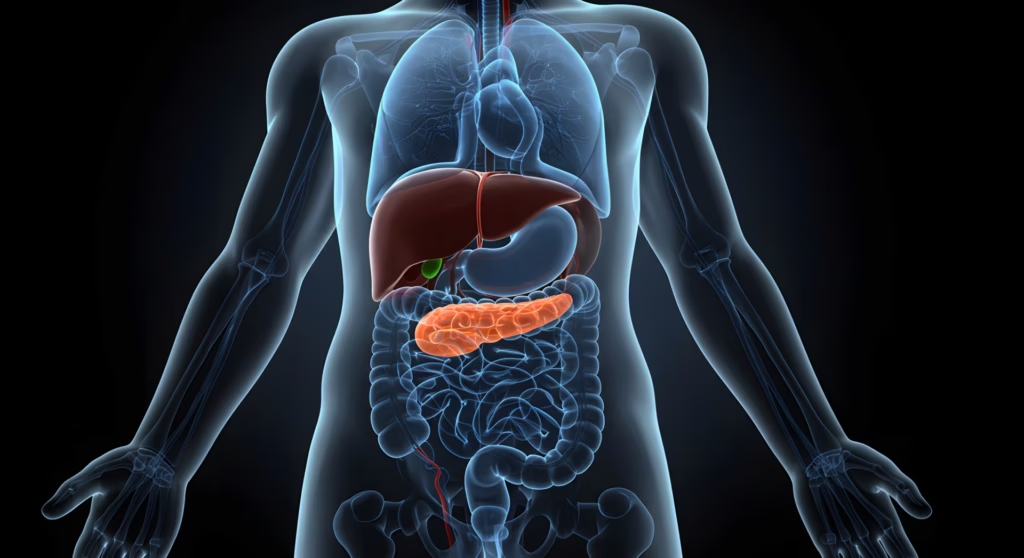
Coronavirus disease 2019 (COVID-19) is a life-threatening infection caused by severe acute respiratory syndrome coronavirus 2 (SARS-CoV-2).1 Diabetes mellitus is one of the most frequent comorbidities, related to hospitalization due to SARS-CoV-2 infection, as well as a risk factor for disease severity, ...
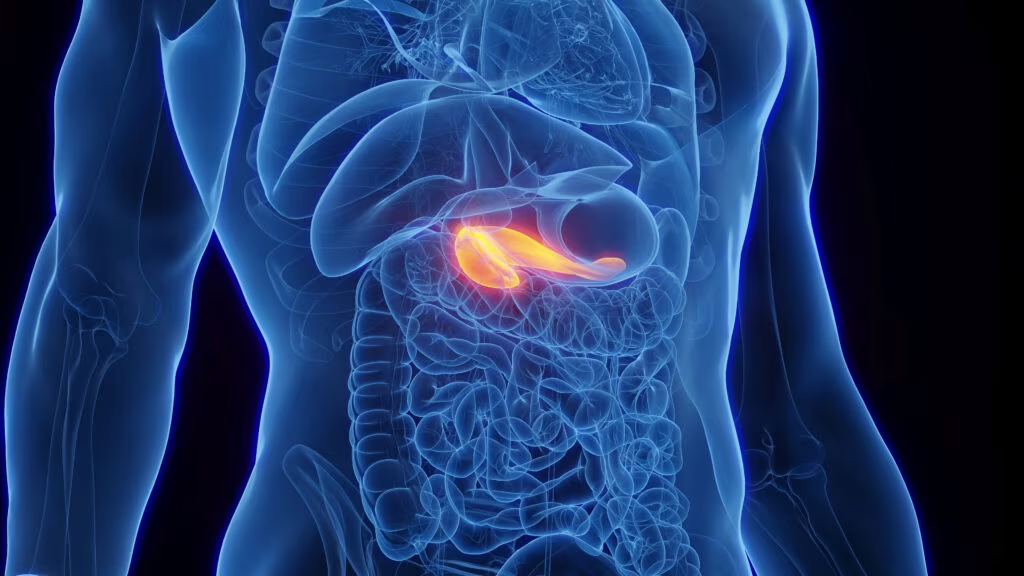
Diabetes is a chronic disease associated with both acute and chronic complications. Many advances have been introduced throughout history to address these problems. While each clinical breakthrough was welcomed with relief and the expectation that a solution had been discovered, ...
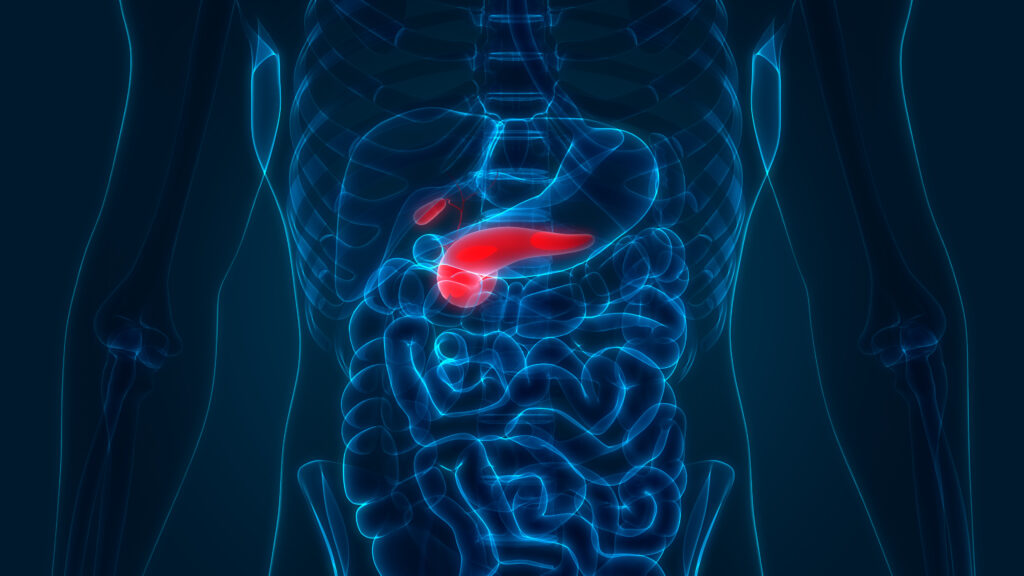
Article Highlights Early use of sodium–glucose co-transporter-2 inhibitors following myocardial infarction was associated with the following factors: Lower hospitalization for heart failure (odds ratio [OR]: 0.75; 95% confidence interval [CI]: 0.62–0.90; p=0.002). Similar cardiovascular deaths (OR: 1.04; 95% CI: 0.83–1.30; p=0.76). Similar all-cause mortality (OR: 1.00; 95% ...
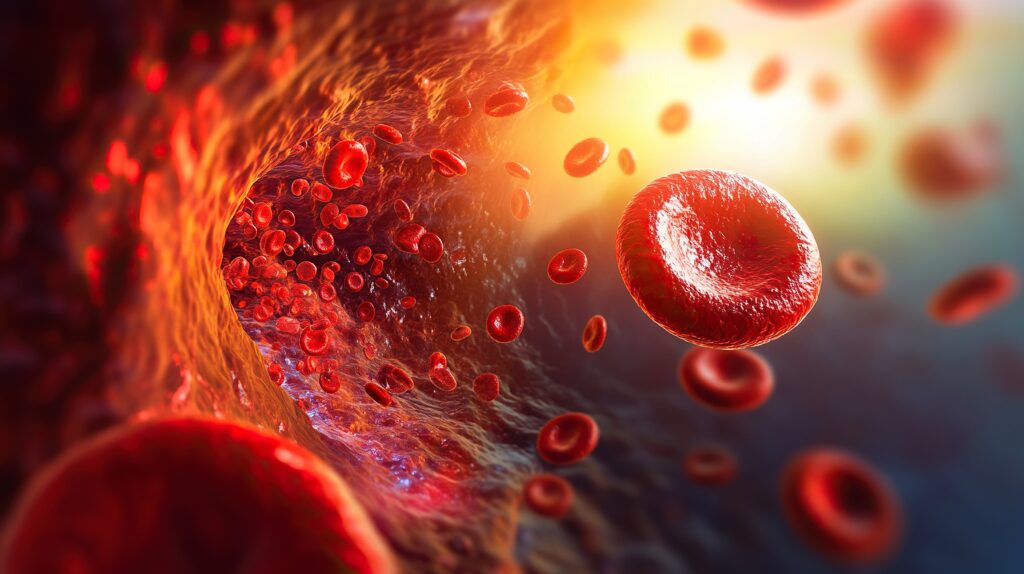
Very few trials in the history of medical science have altered the treatment landscape as profoundly as the UK Prospective Diabetes Study (UKPDS). Even 44 years after its inception, the trial and post-study follow-up findings continue to fascinate and enlighten the ...

It is with great pleasure that we present this latest issue of touchREVIEWS in Endocrinology, which brings together a diverse array of high-quality articles focused on the evolving landscape of endocrine disorders. The importance of patient-centred care is exemplified in ...

Dry eye disease (DED) is known as dry eye syndrome (DES) or keratoconjunctivitis sicca. According to the Tear Film and Ocular Surface Society’s Dry Eye Workshop II (TFOS DEWS II), it constitutes a multifactorial disease of the ocular surface, ...
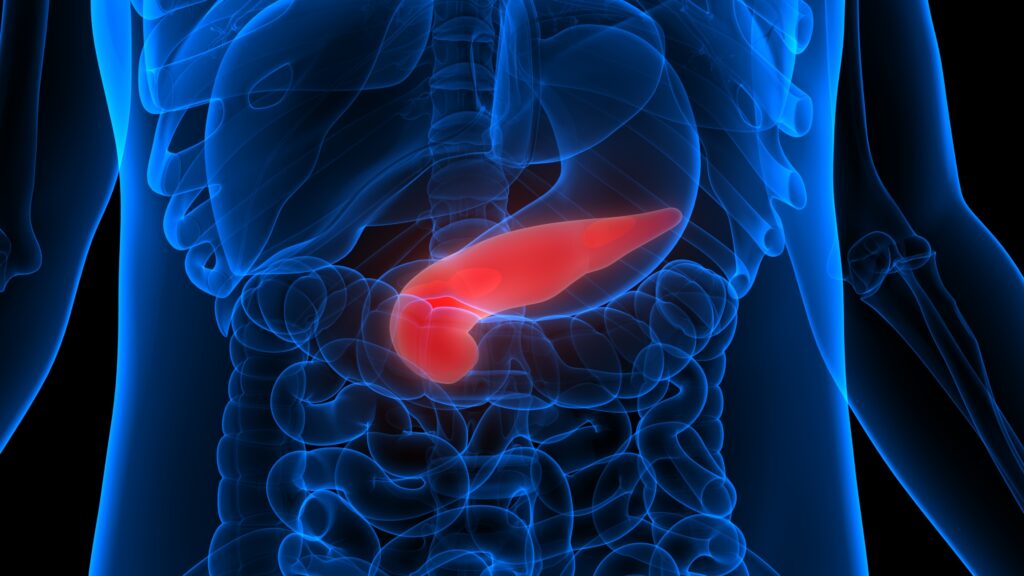
The prevalence of diabetes during pregnancy is rapidly increasing. In the USA alone, an estimated 1–2% of pregnant women have type 1 diabetes (T1D) or type 2 diabetes (T2D), and an additional 6–9% develop gestational diabetes.1 From 2000 to 2010, the prevalence of gestational ...
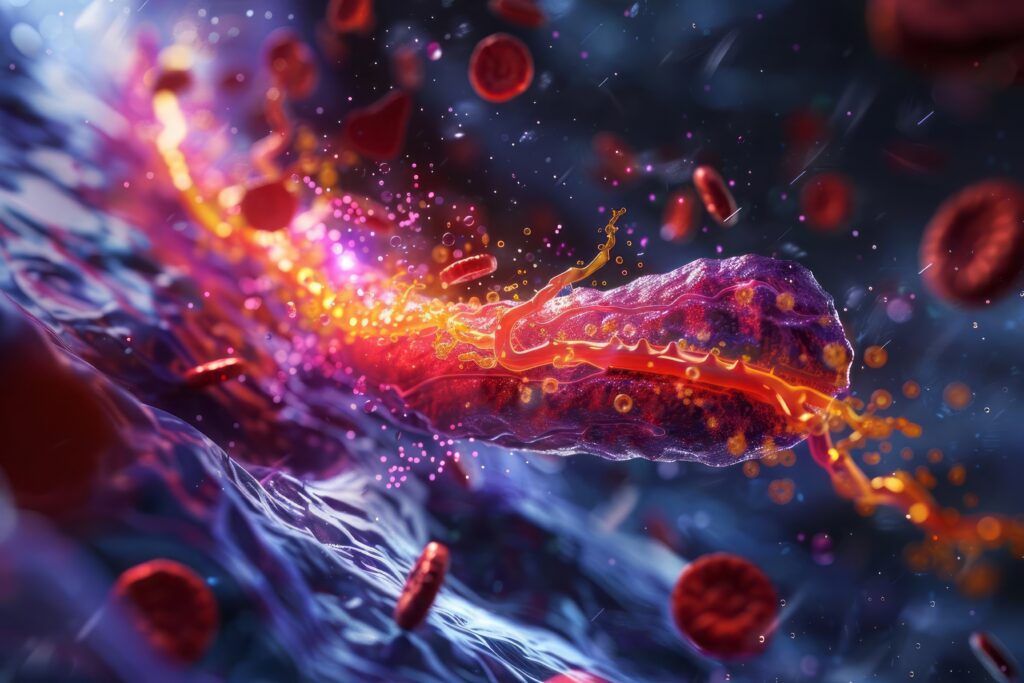
Dipeptidyl peptidase-4 (DPP-4) is a ubiquitous, multifunctional, 766-amino acid, type 2 transmembrane glycoprotein, which participates in the regulation of metabolic functions, immune and inflammatory responses, cancer growth and cell adhesion.1 It has two forms: the first is a membrane-bound form, which ...
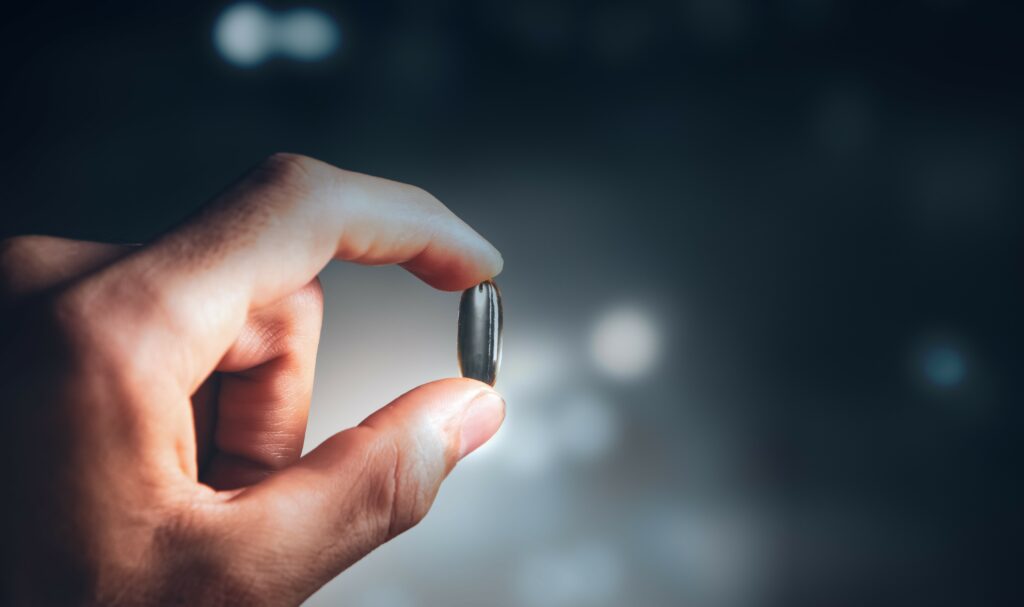
Metformin Metformin has been recommended as the first-line glucose-lowering agent for the management of type 2 diabetes (T2D) for several decades due to its efficacy and safety profile.1–3 In fact, metformin has been widely used as an insulin-sensitizing agent for ...

Welcome to the latest edition of touchREVIEWS in Endocrinology, which features a range of review, case report and original research articles that highlight some key developments in our understanding and management of endocrinological disease. We begin with a commentary from ...

Type 2 diabetes (T2D) continues to pose an ever-greater global health challenge, with 1.31 billion individuals predicted to be living with diabetes globally by 2050; the majority of whom will have T2D.1 Closely linked to T2D is metabolic dysfunction-associated steatotic ...

Gestational diabetes mellitus (GDM) is generally defined as “any degree of glucose tolerance with onset or first recognition during pregnancy”.1 It currently is one of the diseases with the highest morbidity among pregnant women.2 Determining its prevalence has been a ...
Latest articles videos and clinical updates - straight to your inbox
Log into your Touch Account
Earn and track your CME credits on the go, save articles for later, and follow the latest congress coverage.
Register now for FREE Access
Register for free to hear about the latest expert-led education, peer-reviewed articles, conference highlights, and innovative CME activities.
Sign up with an Email
Or use a Social Account.
This Functionality is for
Members Only
Explore the latest in medical education and stay current in your field. Create a free account to track your learning.

